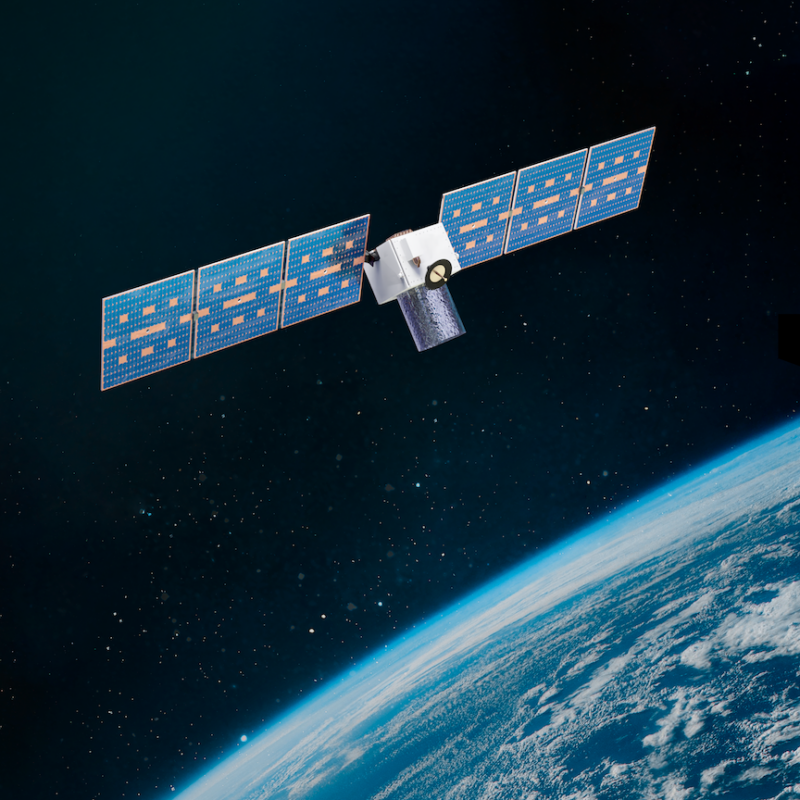Latest News

Rendering of LeoStella’s larger, LS-300 satellite bus. Photo: LeoStella
LeoStella is debuting a new, larger small satellite bus platform that CEO Tim Kienberger, says is part of the move to more capable small satellite missions.
The new LS-300, announced during the Small Satellite conference, can accommodate heavier and larger payloads, up to 250 kilograms.
“It’s a much larger satellite, much more capable satellite that allows you to bring more power to your payloads, and more payload on to orbit,” Kienberger tells Via Satellite. “With the ability to go up to 500 kilograms now on rideshares, we decided to exploit the maximum amount of that opportunity. That’s why we jumped up to the LS-300, larger-class satellite that allows us to do a lot more mission capabilities.”
Kienberger said there has been a jump in demand for the LS-300 from both commercial and government customers. LeoStella has signed an unnamed customer for the LS-300 which Kienberger said it is expected to launch next year. The customer is starting with two satellites, with plans to expand to a larger constellation.
He said the bus is also suited to the Space Development Agency (SDA) opportunities and the company has been “strongly encouraged” to pursue SDA opportunities.
The LS-300 will be able to host crosslinks, both radio frequency (RF) and optical. LeoStella purchases most of its sub-assemblies, and would procure crosslinks.
“We’re designing our platform to provide a crossing capability — whether that’s RF or optical to ourselves in a constellation so we can get the fastest route down. Or maybe interoperability through either an SDA [Space Development Agency] network or another commercial backbone network. The goal is to get the data up and down to the vehicle much faster,” Kienberger says.
LeoStella is a joint venture between Thales Alenia Space and BlackSky, and builds satellites for BlackSky and other customers like Loft Orbital. It currently has 19 satellites in orbit of its original, LS-100 platform. The company is currently in production for the next-generation of BlackSky satellites, based on the LS-200 platform. Both the LS-100 and LS-200 will still be available.
Kienberger joined the company earlier this year and was tasked with looking at the company’s products and roadmap. His goal is to evolve the company into a total space systems provider, including building the bus and integrating the payload, to facilitate launch and ground system access through partnerships.
He says the company is not focused on megaconstellations, but sees its target customer with a constellation plan in the range of 10- to 50-satellites.
“I think the megaconstellations saturated people’s perceived appetite for constellations. But there is a wide open market for all sorts of data services, whether it’s imagery, tracking ships in the ocean, weather services, global warming detection — there’s a lot that can be done yet with constellations,” Kienberger says. “There are a lot of people out there thinking about not just Earth-based constellations, but space-based constellations for satellite servicing for helping move satellites into different orbits.”
In particular, he sees opportunity in cislunar orbit. The company plans to have an offering for cislunar orbit in the next three to five years.
“Pushing that size constellation into cislunar is ideal for things like traffic management and communication,” he says. “As cislunar space becomes the gateway, That’s a lot of space to cover. We want to capitalize our ability to build constellations in LEO, and push that into cislunar space in the future.”
Stay connected and get ahead with the leading source of industry intel!
Subscribe Now